Outdoor fans greatly upgrade a patio’s pleasantness
By Hollie Deese
Outdoor living isn’t something we look forward to a couple weeks here and there in Nashville – it’s basically a part of how we live every single day. That’s why ceiling fans are just as ubiquitous outside in the south as they are inside.
Patrick O’Connell, design director for Memphis-based Hunter Fan Company, was able to give us some insight on what the best options are right now for pergolas, balconies and patios, and why fans are pretty key when it comes to enjoying your outdoor living space.
“Installing a Hunter in your outdoor living area can help to move that stagnant air and cool down those individuals enjoying the space,” he says. “They can also be used to light the area when the sun sets and add an element of design as well – a ceiling centerpiece if you will.”
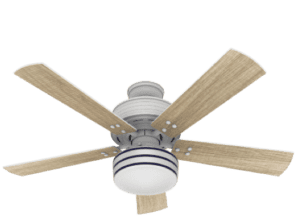 Q: Why are fans great for an outdoor space?
Q: Why are fans great for an outdoor space?
A: Many homeowners think that it is obvious to install a fan inside their homes. From their living rooms to their bedrooms, anyone that lives in a warmer climate knows that you can’t live without a ceiling fan. For those that often enjoy their outdoor spaces whether in the fall or during the spring and summer, adding an element of air circulation can increase the enjoyment and comfort of that space.
Q: Are there certain aspects that make a fan work – or not – outside?
A: At Hunter, each outdoor fan is outfitted with certain waterproofing on the inside, the openings are also closed off to prevent water from entering the components inside. Those that are rated to be exposed to the elements are called wet-rated, and can be installed anywhere, whether indoor and outdoor, in an open pergola or balcony that can be exposed to rain.
Q: Does direction of flow matter?
A: It definitely makes a difference, but not in the way that you’d think. The direction the fan blades move relates to the movement of air. During the warmer months, running your ceiling fan counter-clockwise will provide a cooling breeze while circulating the air and push the warm air up and out of the way of your seating area. In the cooler months, fans in an outdoor space can be switched to move in a clockwise rotation which will move the cooler air off the floor and push the warm air down the walls without the strong draft, creating a warmer space in your outdoor area.
Q: Should the blades be shaped a certain way, or have a certain number?
A: It is actually a common misconception that the greater the amount of blades, the more air movement. This is not actually the case, the strength of the motor is actually what impacts the amount of air movement in your space. All of our fans are equipped with strong and powerful motors and performance is one of the key ingredients in creating the perfect Hunter fan.
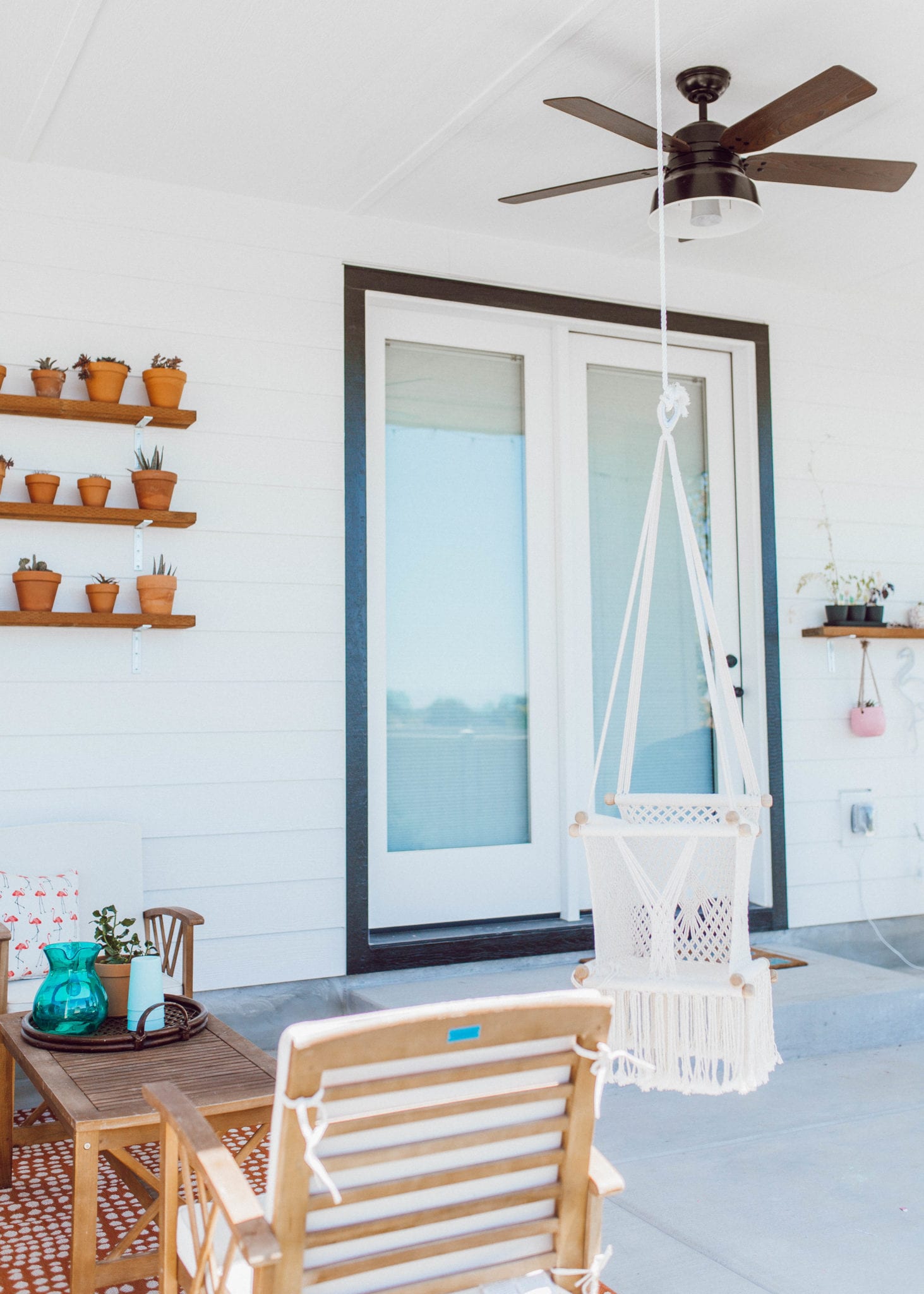

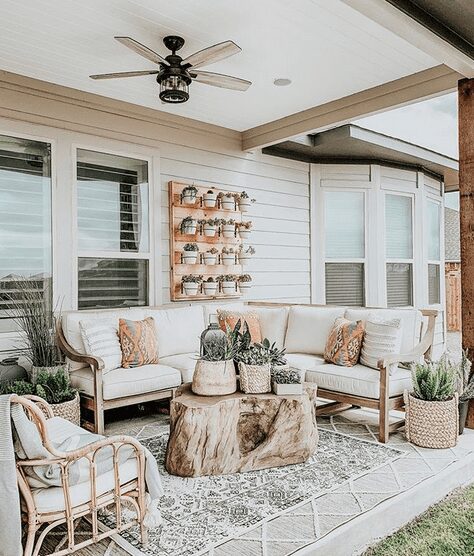
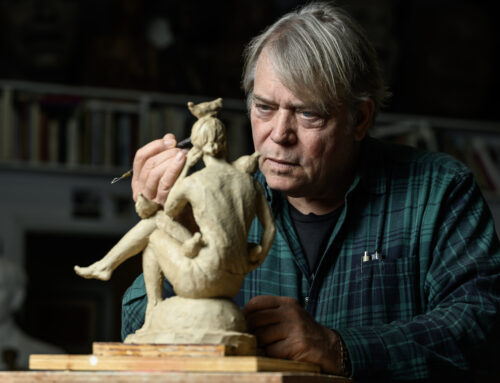
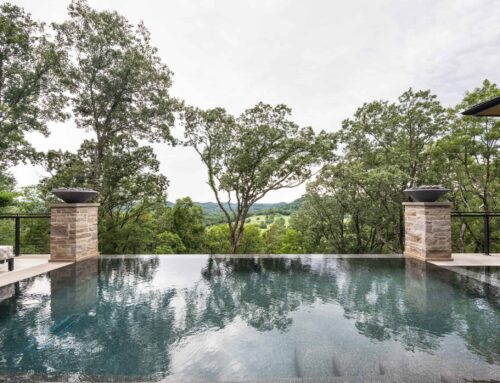
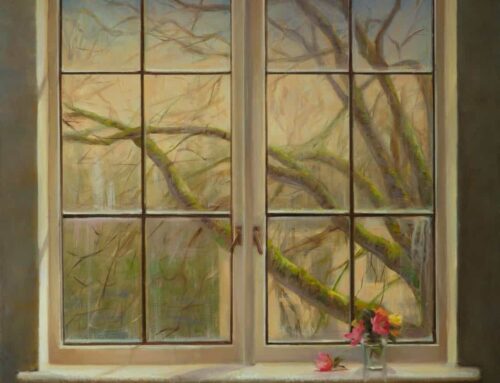


Leave A Comment
You must be logged in to post a comment.